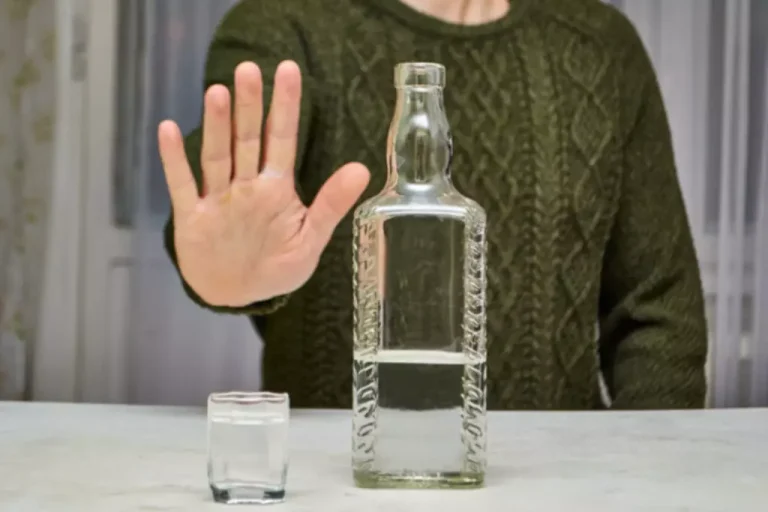
Many people find that they have to take more to experience the desired effects, which may lead to physical dependence and potentially addiction. When someone stops using Vicodin abruptly, they’ll experience withdrawal symptoms within 12 hours following the last dose. Our writers and reviewers are experienced professionals in medicine, addiction treatment, and healthcare. AddictionResource fact-checks all the information before publishing and uses only credible and trusted sources when citing any medical data.
- As a Schedule II controlled substance, Vicodin has a high risk of being misused.
- The best way to prevent hydrocodone addiction is to take the drug exactly as your doctor prescribes.
- According to the Texas Department of Health and Human Services, the effects of hydrocodone last from four to six hours.
- Anyone can experience withdrawal symptoms if they have taken Vicodin over a period of time, usually several weeks or more.
- Combining multiple opioids amplifies their depressant effects on the central nervous system, significantly increasing the likelihood of life-threatening respiratory issues.
Is Vicodin an Opioid?

Users may experience some of the above within a few hours or days after stopping Vicodin. This is especially after one has stopped taking drugs and because of the high addiction potential. Early diagnosis and prompt treatment make the withdrawal symptoms more manageable. Furthermore, it decreases the risk of complications and long-term addiction. Vicodin addiction treatment typically begins with detoxification to rid the body of the drug and its toxins.
Common signs and symptoms of Vicodin addiction

In as little as five days https://ecosoberhouse.com/article/vicodin-addiction-symptoms-treatment-and-recovery/ of prescribed use, the risk for developing a chronic hydrocodone addiction increases significantly. Hydrocodone addiction may begin as a result of prescription opioid abuse. Symptoms of hydrocodone abuse include drowsiness, pinpoint pupils, and flushed skin. When Vicodin isn’t just about pain relief anymore, emotional dependency often follows close behind.
How Common is Vicodin Addiction?
Hydrocodone is a prescription opioid, typically prescribed to treat moderate to severe pain. Unlike natural opiates morphine and codeine, hydrocodone is a semi-synthetic opioid. Generally, doctors may decide to write a hydrocodone (brand name Vicodin®) prescription to treat short-term pain following dental surgery or for injury-related pain. However, due to the addictive nature of opioids, regular use of hydrocodone can be habit-forming. Once the body becomes dependent on hydrocodone to feel normal, trying to quit will result in symptoms of hydrocodone withdrawal. To mitigate withdrawal, individuals should treat their hydrocodone addiction through detox and rehab.
Vicodin Overdose
It happens when one stops taking Vicodin after completing the course of treatment or as a part of detox. The withdrawal symptoms are similar to those of the other opiates such as Morphine, Codeine, and Hydromorphone. After some time, the patient’s body increases its tolerance to hydrocodone. That means that the body adapts its receptors to be less sensitive to the drug molecules. As a result, the current hydrocodone amounts in the Vicodin doses are no longer sufficient to relieve pain.

- Inpatient or residential recovery treatment programs require you to live in a rehab facility for a certain number of days.
- One individual’s response to the drug or its treatment may not match that of another.
- Effective strategies for Vicodin addiction recovery involve comprehensive treatment plans tailored to individual needs.
Please consult your doctor — even if they prescribed both together — before ingesting Vicodin and Valium. Both substances can be dangerous in high doses, and taking too much Vicodin can amphetamine addiction treatment lead to an overdose. Some people believe the addiction will fade if they stop drug usage altogether. However, physicians and therapists do not recommend this practice for several reasons. When quitting the use of Vicodin suddenly, the body goes through withdrawal and experiences forceful and uncomfortable side effects rather quickly.
Is Hydrocodone Addictive?
Medications may be used to alleviate discomfort and cravings during this process. Because most people with a hydrocodone addiction begin by misusing a prescription given to them by their doctor, it can be difficult to see the signs of addiction. Telehealth provides addiction treatment services through virtual platforms, making therapy and support accessible from home. This method is convenient and flexible, especially for individuals with geographical or mobility limitations.

Even with a proper prescription from a physician, an individual is at a high risk of getting addicted to the opioid. People addicted to Vicodin may experience withdrawal symptoms when they stop taking it. Hydrocodone withdrawal symptoms include mild effects such as yawning and a runny nose. But they can also include more serious symptoms such as diarrhea and vomiting. The length of the withdrawal process and the severity of the symptoms will vary from individual to individual. Withdrawal symptoms usually begin six to 30 hours after the last use of the drug.
- Zohydro was the first purely hydrocodone medication approved by the FDA in 2013.
- The agency approved the medication against the advice of its scientific advisory board, which voted 11-2 to deny Zohydro’s approval.
Overprescription and Vicodin Addiction

People with SUD are intensely focused on using drugs or alcohol, even when they know that continued use of the substance may lead to health issues or problems at work, school, or home. If you’re wondering whether you’re addicted to hydrocodone, you’re not alone. In the United States, more than 2.1 million people are addicted to opioids, including hydrocodone.
Fast Facts: Hydrocodone
Vicodin overdose can slow your breathing to dangerous levels, put you in a coma and even lead to life-threatening situations that need immediate help. Many people’s Vicodin addiction stories start as a reasonable response to real pain. A doctor prescribes it for surgery or a painful injury and at first, it works as intended.


Leave a comment